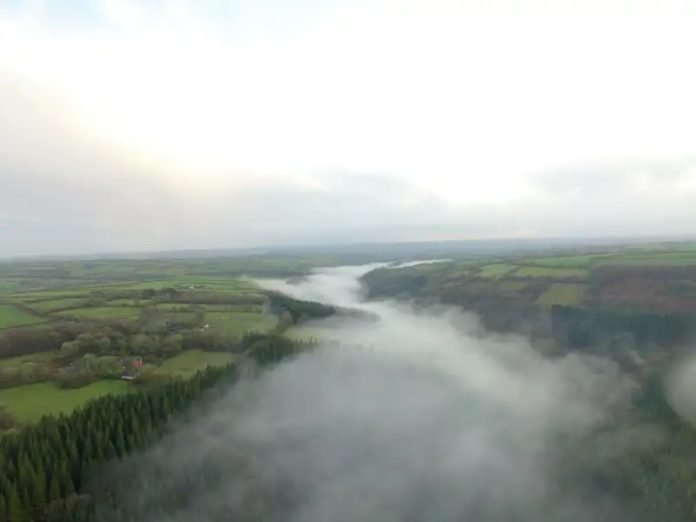
In a remarkable scientific achievement, researchers have accurately dated some of the world’s oldest fossils of complex multicellular life.
This research, led by a team from Curtin University, provides a window into a crucial moment in Earth’s history – a time when the seas started to brim with diverse life forms after billions of years dominated by single-celled organisms.
The findings are detailed in their paper, “U–Pb zircon-rutile dating of the Llangynog Inlier, Wales: Constraints on an Ediacaran shallow marine fossil assemblage from East Avalonia,” published in the Journal of the Geological Society.
Anthony Clarke, a Ph.D. student and the study’s lead author, explained that to determine the age of these ancient fossils, the team used layers of volcanic ash as natural time markers.
These layers were found in the Coed Cochion Quarry in Wales, known for having the richest collection of shallow marine life fossils in Britain.
By analyzing this volcanic ash, the team could precisely date the fossils to about 565 million years ago.
Interestingly, these ancient fossils, part of the Ediacaran period, have counterparts across the globe, including in Australia.
Their precise dating is significant as it ties them to a global community of life that emerged as Earth recovered from a massive ice age.
The organisms preserved in these fossils would be somewhat familiar, like jellyfish, but also include forms that seem quite alien to us, resembling ferns, cabbages, or sea pens.
Professor Chris Kirkland, a co-author of the study, noted that these Welsh fossils are directly comparable to those found in the Ediacara Hills in South Australia’s Flinders Ranges. This Australian site is so significant that it led to the naming of the Ediacaran period, the first new geological period established in over a century.
The fossils in question include creatures like Aspidella terranovica, a disk-shaped organism. These fossils represent some of the earliest evidence of large-scale multicellular organisms on Earth, marking a transformative era in biological history.
The Ediacaran fossils provide a glimpse into how life responded and adapted following a global glaciation, underscoring the intricate link between geological processes and the evolution of life.
This study is more than just a dating exercise. It highlights the importance of understanding ancient ecosystems to unravel the mysteries of Earth’s past and comprehend the evolution of life.
By piecing together these ancient clues, scientists are able to form a clearer picture of how complex life began and evolved in our oceans, providing insights into the very origins of the diverse life we see on Earth today.



